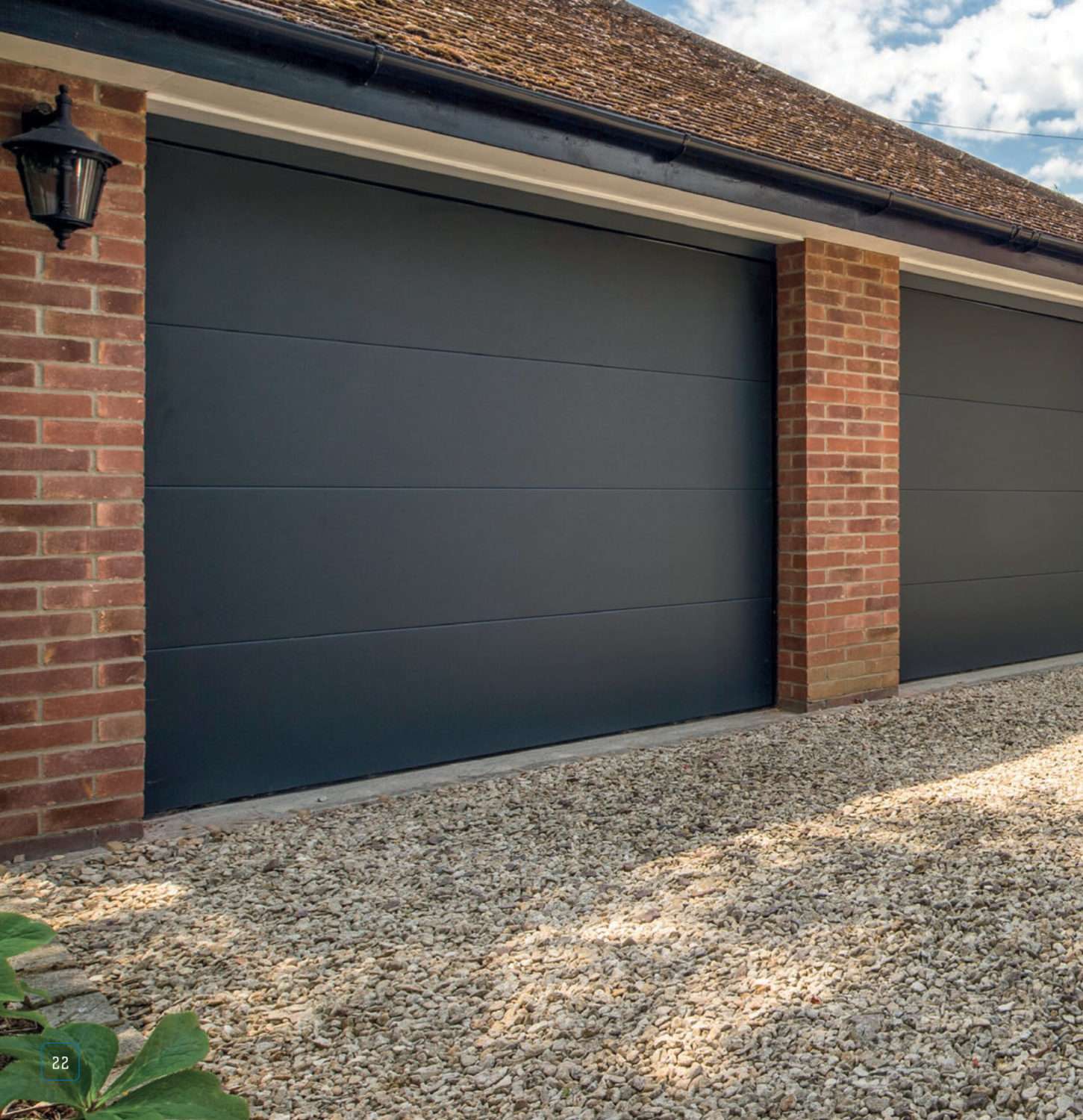In today’s competitive steel processing industry, reliability, speed, and quality are non-negotiable. At the core of many advanced steel processing plants lies a powerful technology that often goes unnoticed but plays a pivotal role: the continuous pickling line. This sophisticated system is designed to remove scale and impurities from hot rolled steel coils efficiently, enabling manufacturers to maintain high production standards while minimizing downtime and operational costs.
What Is a Continuous Pickling Line?
A continuous pickling line is an automated system used in steel manufacturing to clean hot rolled steel by immersing it in acid baths. This process removes the oxide scale (iron oxide) that forms on the steel surface during the hot rolling process. Unlike batch pickling, continuous pickling lines process steel coils in a seamless, uninterrupted flow, significantly boosting throughput and consistency.
The continuous process involves several stages, including uncoiling, leveling, pickling, rinsing, drying, and recoiling. Each step is precisely calibrated to ensure optimal surface quality, preparing the steel for subsequent processes like cold rolling or galvanizing.
Why Continuous Pickling Lines Are a Game Changer
1. Unmatched Efficiency
The primary advantage of using a continuous pickling line is its high efficiency. By operating without interruption, it allows for large volumes of steel to be processed rapidly. This is especially beneficial for facilities that handle high-capacity production schedules.
Automation minimizes human intervention, reducing the risk of errors while optimizing resource usage. At Hito Engineering, our systems are designed with cutting-edge control technologies that ensure consistent operation and real-time monitoring for maximum productivity.
2. Superior Surface Quality
A well-maintained continuous pickling line ensures that every inch of the steel surface is uniformly treated. This results in a cleaner, smoother surface, which is critical for subsequent coating, painting, or cold rolling operations. Our technology guarantees precision in every coil, eliminating scale and surface imperfections that could affect downstream performance.
3. Energy and Cost Savings
Continuous systems consume less energy per ton of processed steel compared to batch systems. This efficiency translates directly into lower operational costs. Additionally, automation reduces manpower requirements and increases process reliability, all contributing to a lower cost-per-unit output.
4. Environmentally Conscious Design
At Hito Engineering, our continuous pickling line designs incorporate advanced fume extraction systems, acid recovery solutions, and water recycling units. These features significantly reduce environmental impact, ensuring compliance with the latest regulatory standards and supporting corporate sustainability goals.
Key Components of a Continuous Pickling Line
To fully appreciate the power of this technology, it’s important to understand its key components:
A. Entry Section
This is where the steel coil is loaded, uncoiled, and prepared for treatment. Modern systems like those offered by Hito Engineering use automated coil handling to maximize safety and efficiency.
B. Scale Breaker and Leveler
These units mechanically remove heavy scale and level the strip to prepare it for chemical treatment. This ensures that the acid baths work uniformly across the strip.
C. Pickling Tanks
The heart of the continuous pickling line, these acid-filled tanks dissolve the oxide layer on the steel surface. Controlled temperature, acid concentration, and line speed ensure optimal treatment.
D. Rinsing and Drying Units
Once pickled, the strip passes through multiple rinsing stages to remove any remaining acid. It is then dried using high-efficiency air knives or drying ovens.
E. Exit Section
The cleaned strip is recoiled and prepared for dispatch or further processing. Automated tension control systems ensure that the coils are perfectly wound.
Hito Engineering: Excellence in Steel Processing Solutions
Hito Engineering is a leading provider of industrial solutions, specializing in advanced continuous pickling line systems. Our designs are rooted in precision engineering and a deep understanding of metallurgical processes. We tailor each system to meet the unique needs of our clients, whether they require high-speed production lines or compact layouts for limited space.
We integrate Industry 4.0 technologies like real-time monitoring, predictive maintenance, and AI-assisted quality control into every system. This ensures our clients remain at the forefront of steel processing technology.
Applications Across Industries
The versatility of a continuous pickling line makes it indispensable across a range of industries:
- Automotive – Ensures surface cleanliness for quality paint and coating adhesion.
- Construction – Delivers clean steel for structural applications.
- Appliances – Produces smooth, scale-free steel for aesthetic finishes.
- Shipbuilding – Provides corrosion-resistant steel through effective surface treatment.
Common Challenges and Hito Engineering’s Solutions
Acid Management
Challenge: Maintaining the right acid concentration and temperature for consistent results.
Solution: Hito Engineering’s automated acid control systems monitor and adjust parameters in real time, ensuring optimal pickling conditions at all times.
Strip Breakage
Challenge: Line interruptions due to mechanical failures or improper tension control.
Solution: Our advanced tension and loop control systems prevent such issues, ensuring smooth operation throughout the entire line.
Environmental Compliance
Challenge: Managing hazardous byproducts and emissions.
Solution: Hito Engineering incorporates fume scrubbers, acid regeneration systems, and zero-discharge wastewater treatment into every continuous pickling line.
Future Trends in Continuous Pickling Technology
The steel processing sector is moving rapidly toward digitalization and sustainability. At Hito Engineering, we are already pioneering innovations such as:
- Smart Sensors and IoT Integration – Enabling predictive maintenance and performance tracking.
- AI-Based Quality Control – Using machine learning to detect defects and adjust operations automatically.
- Green Chemistry Solutions – Minimizing the use of hazardous substances and recycling acid more efficiently.
These trends will further enhance the reliability, efficiency, and environmental performance of continuous pickling lines worldwide.
Conclusion: Empower Your Production with Hito Engineering
A continuous pickling line is more than just a piece of equipment—it’s the backbone of a reliable, efficient, and high-quality steel processing operation. By investing in Hito Engineering’s advanced systems, manufacturers can enjoy higher throughput, consistent product quality, and lower operational costs, all while supporting environmental sustainability.
If you are looking to optimize your steel production process, explore how Hito Engineering’s continuous pickling solutions can elevate your operations. Let precision and performance power your success. Don’t forget to visit the homepage for exclusive content.
Frequently Asked Questions (FAQs)
1. What is the main function of a continuous pickling line?
A continuous pickling line removes oxide scale from hot rolled steel coils using acid baths, ensuring a clean surface for further processing like cold rolling or coating.
2. How does a continuous pickling line differ from batch pickling?
Unlike batch pickling, which treats steel in separate batches, a continuous pickling line processes steel in an uninterrupted flow, significantly increasing efficiency and consistency.
3. Is a continuous pickling line environmentally friendly?
Yes, modern continuous pickling line systems like those from Hito Engineering feature acid recovery, water recycling, and fume control systems to meet strict environmental standards.



